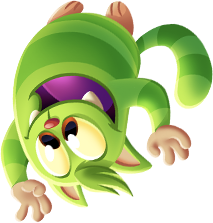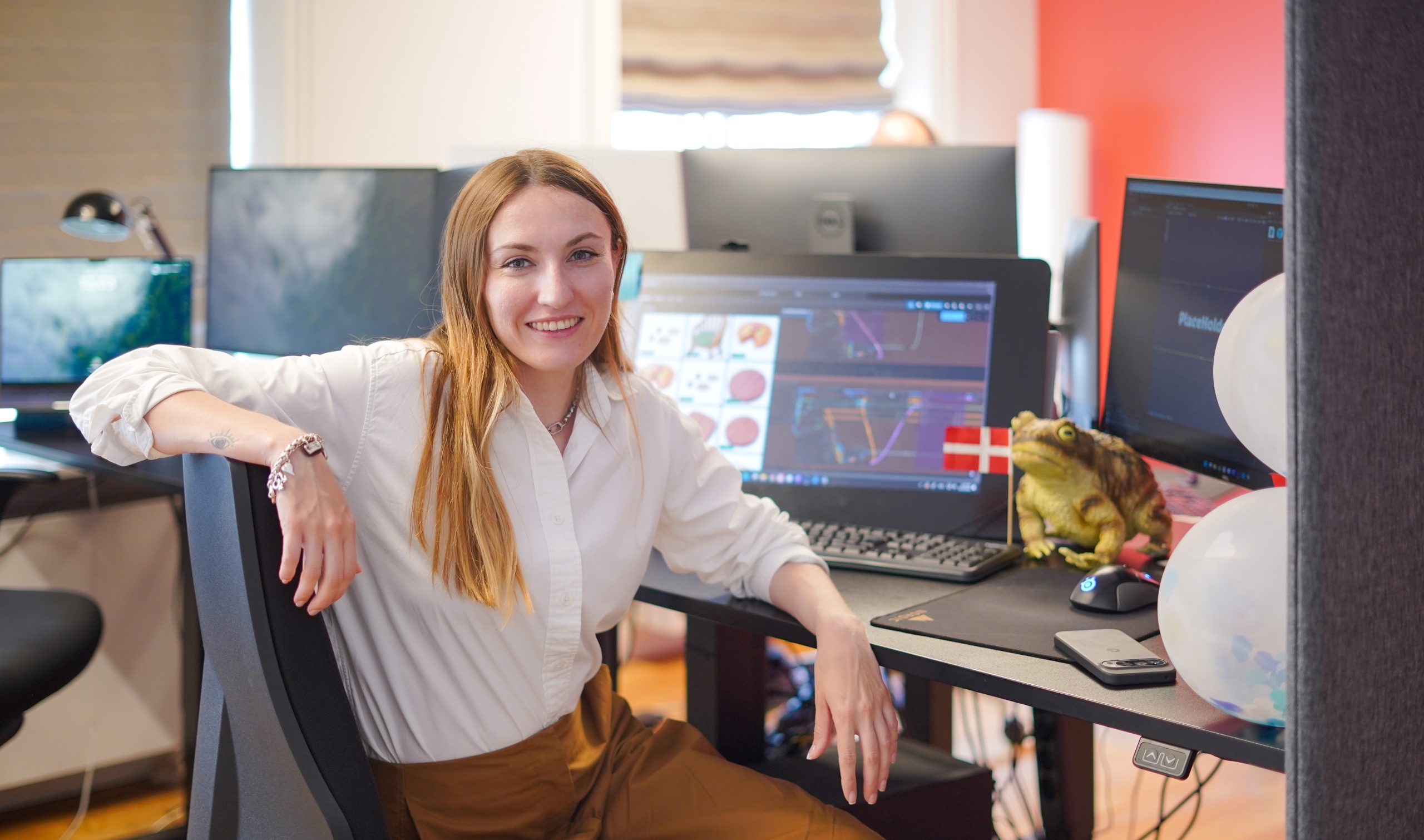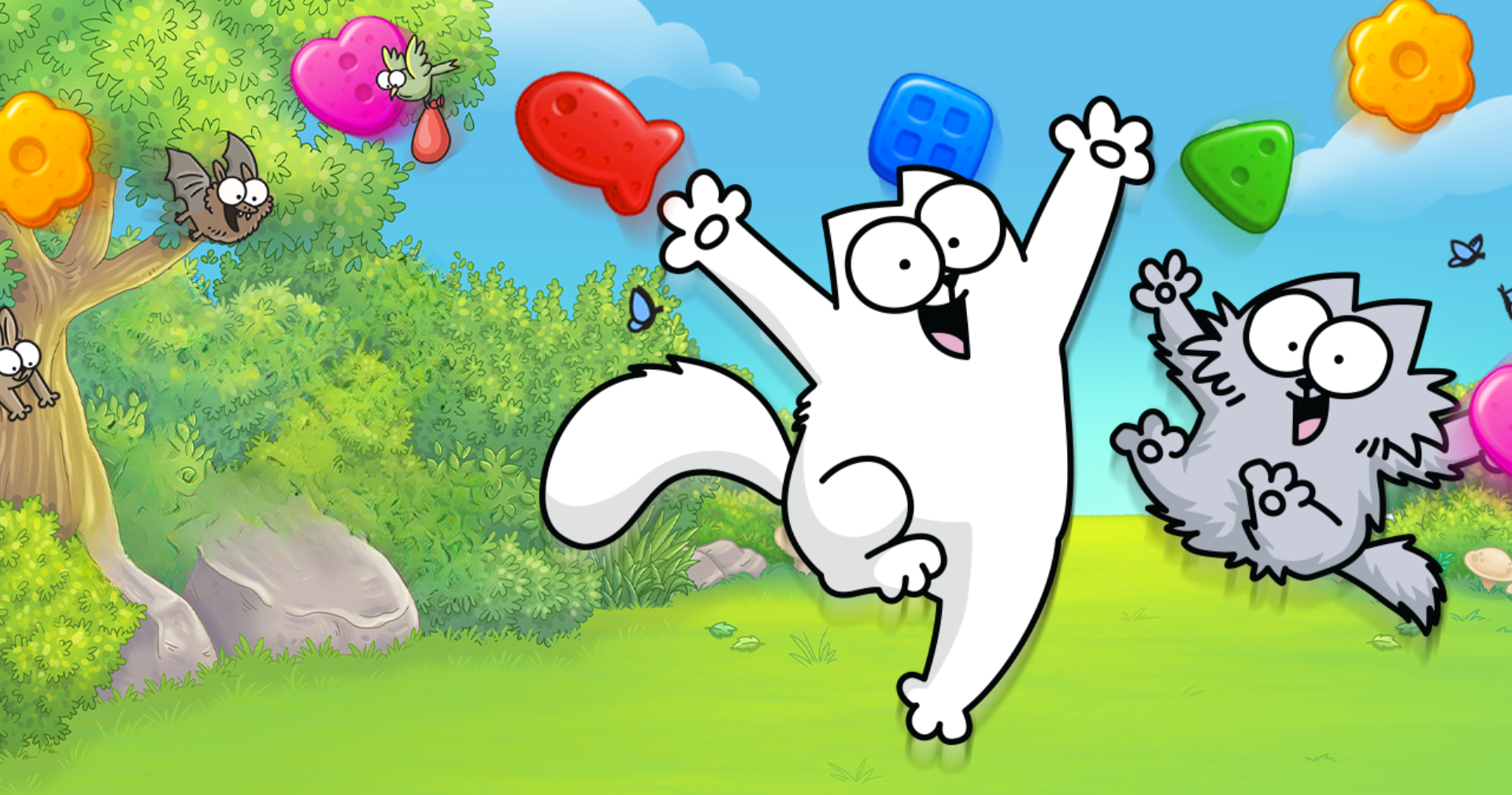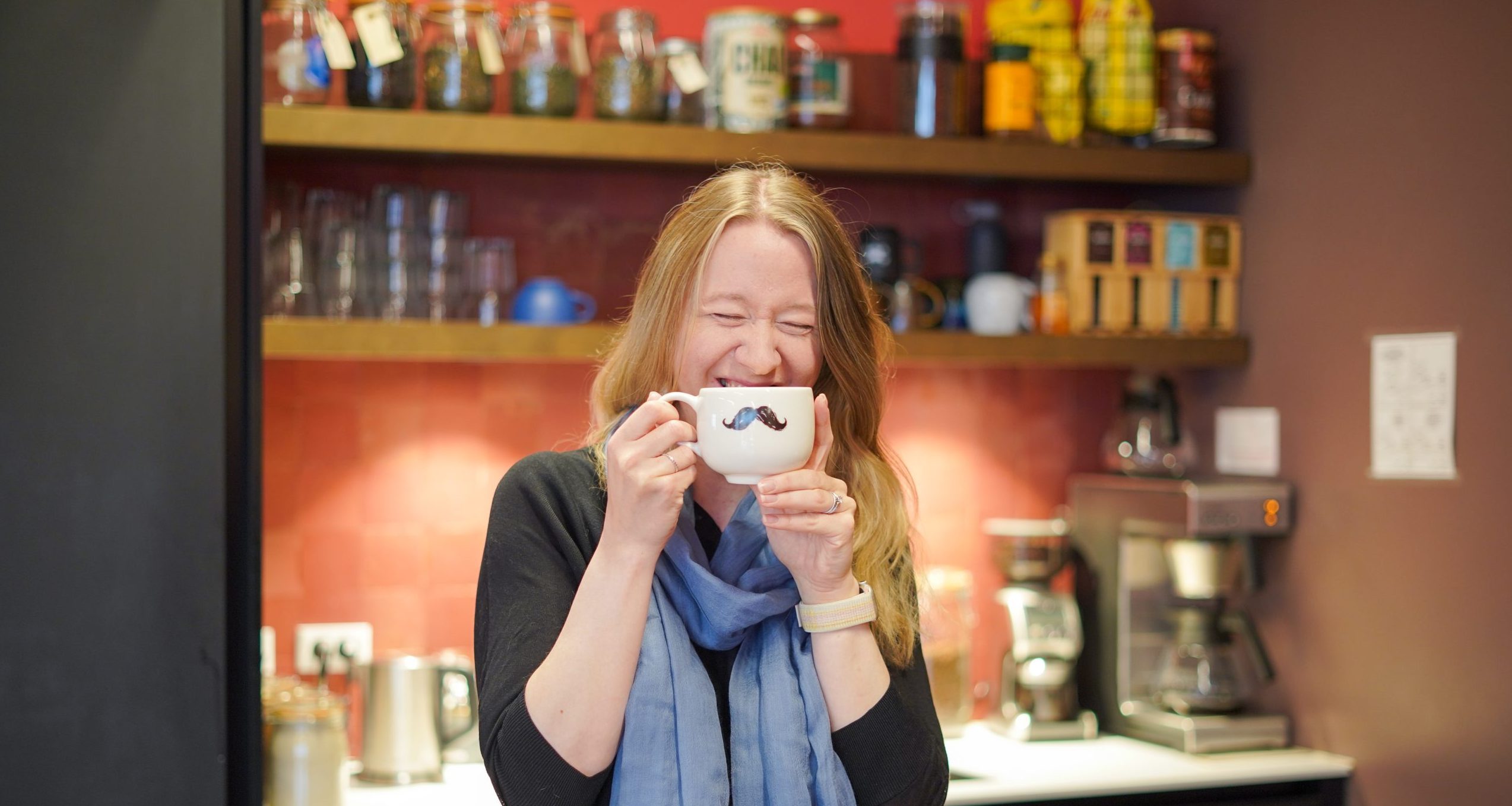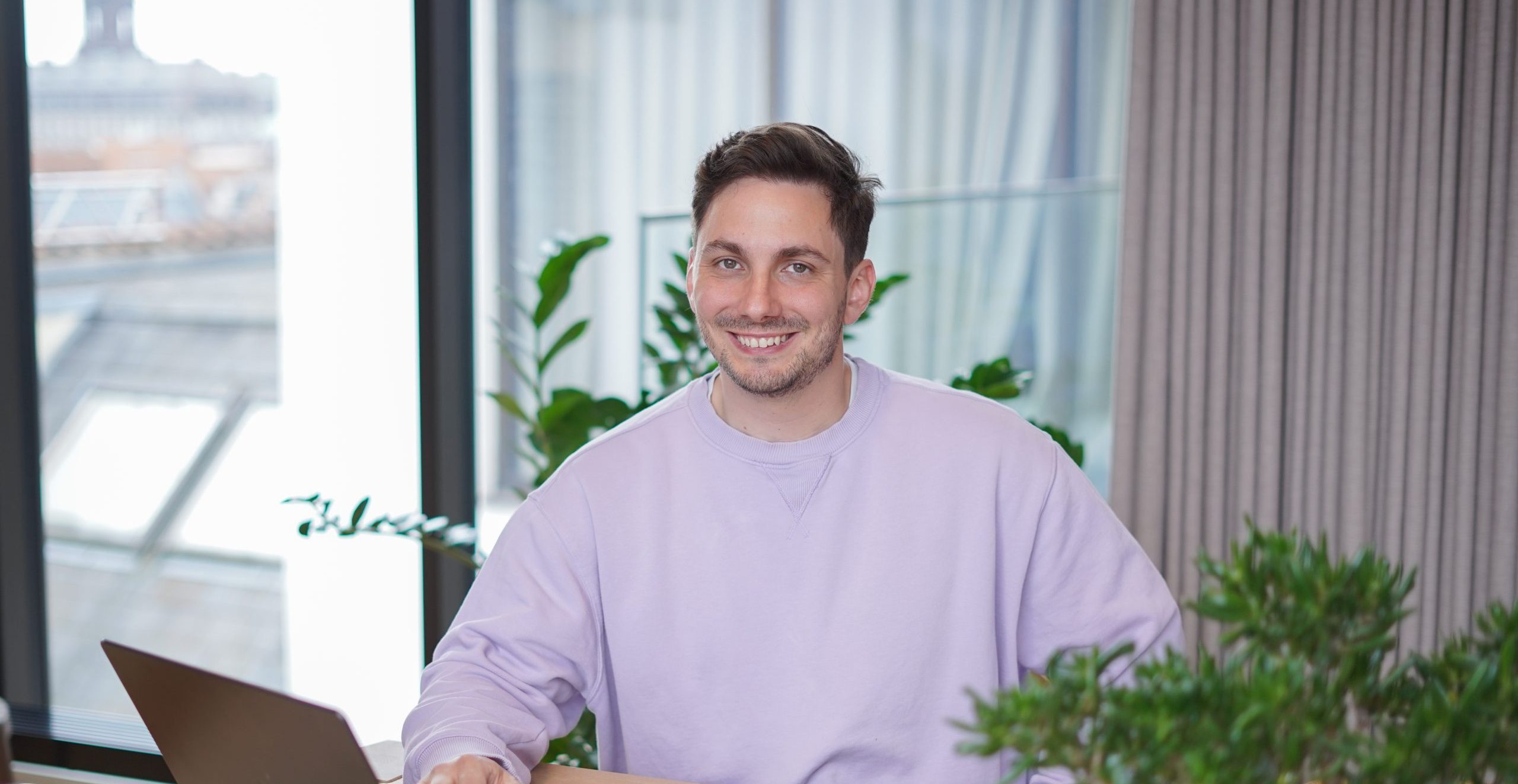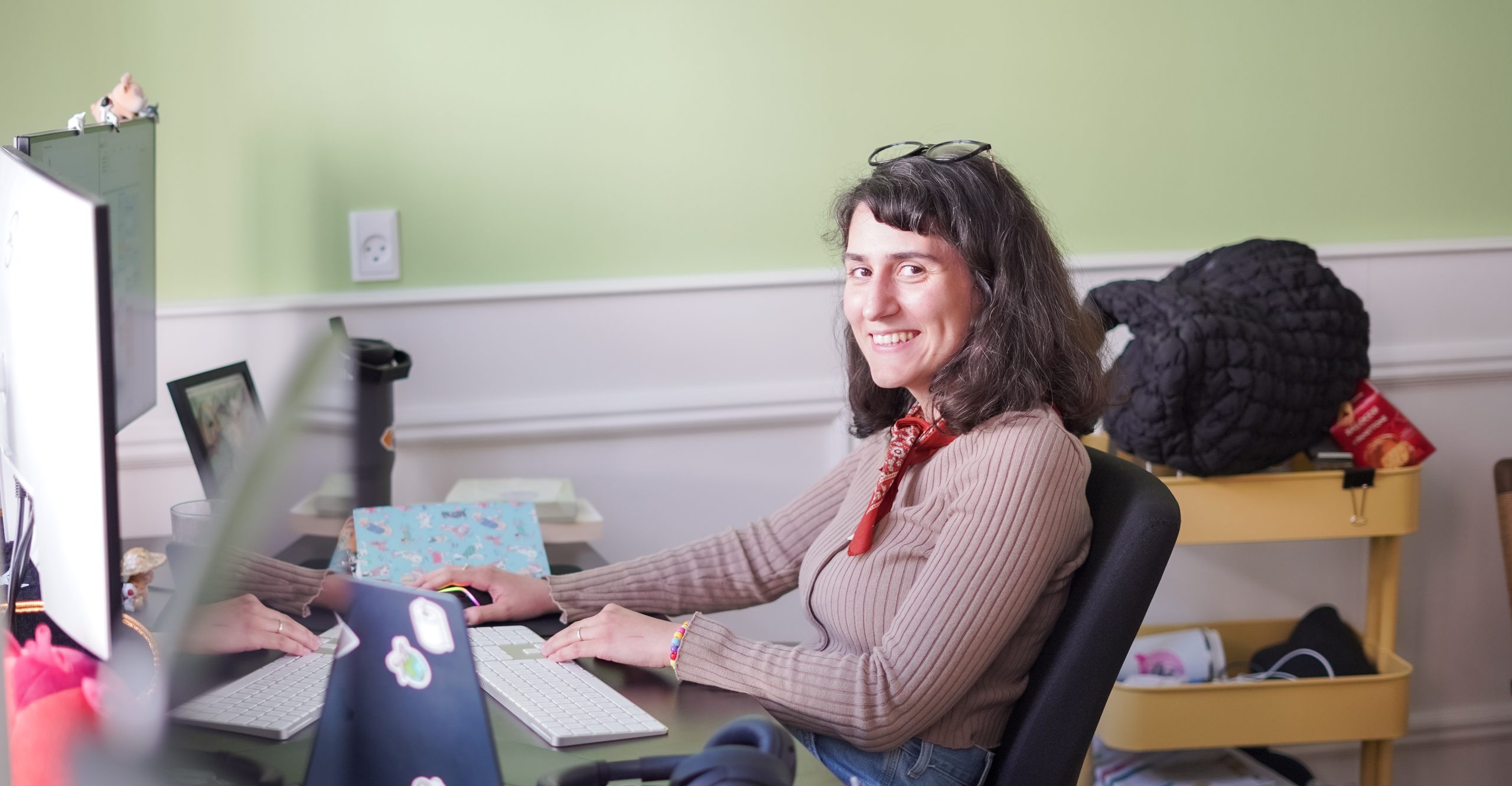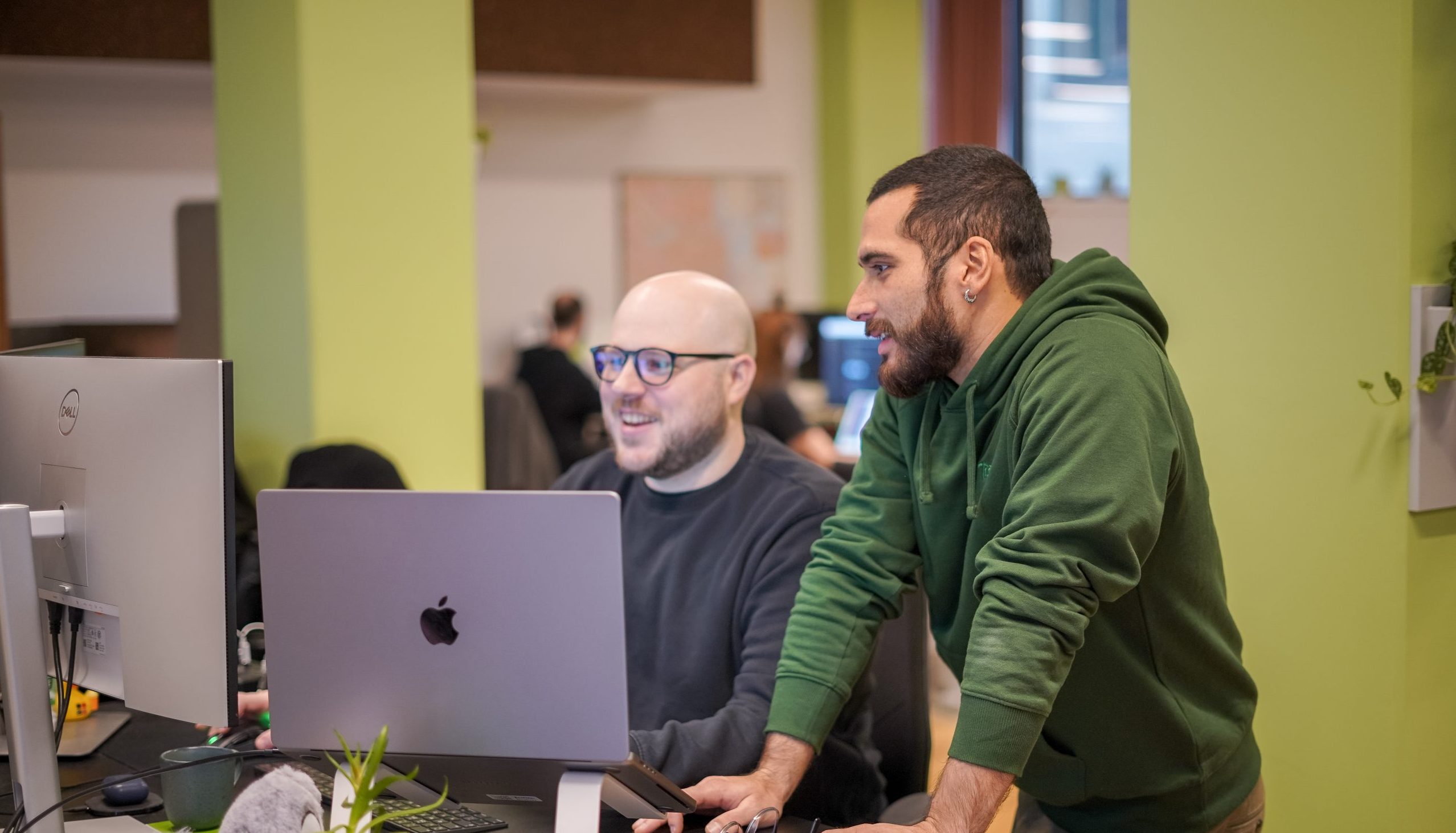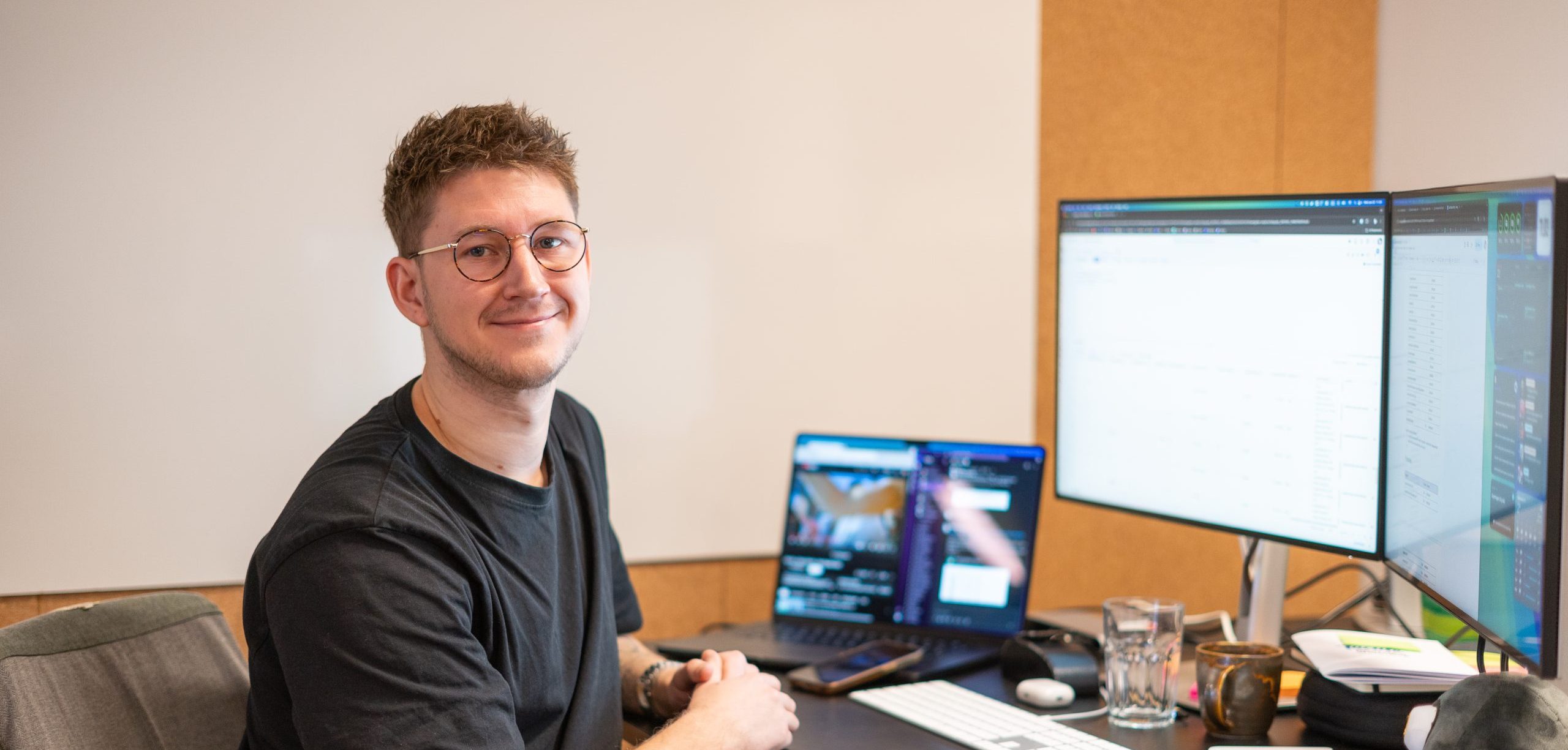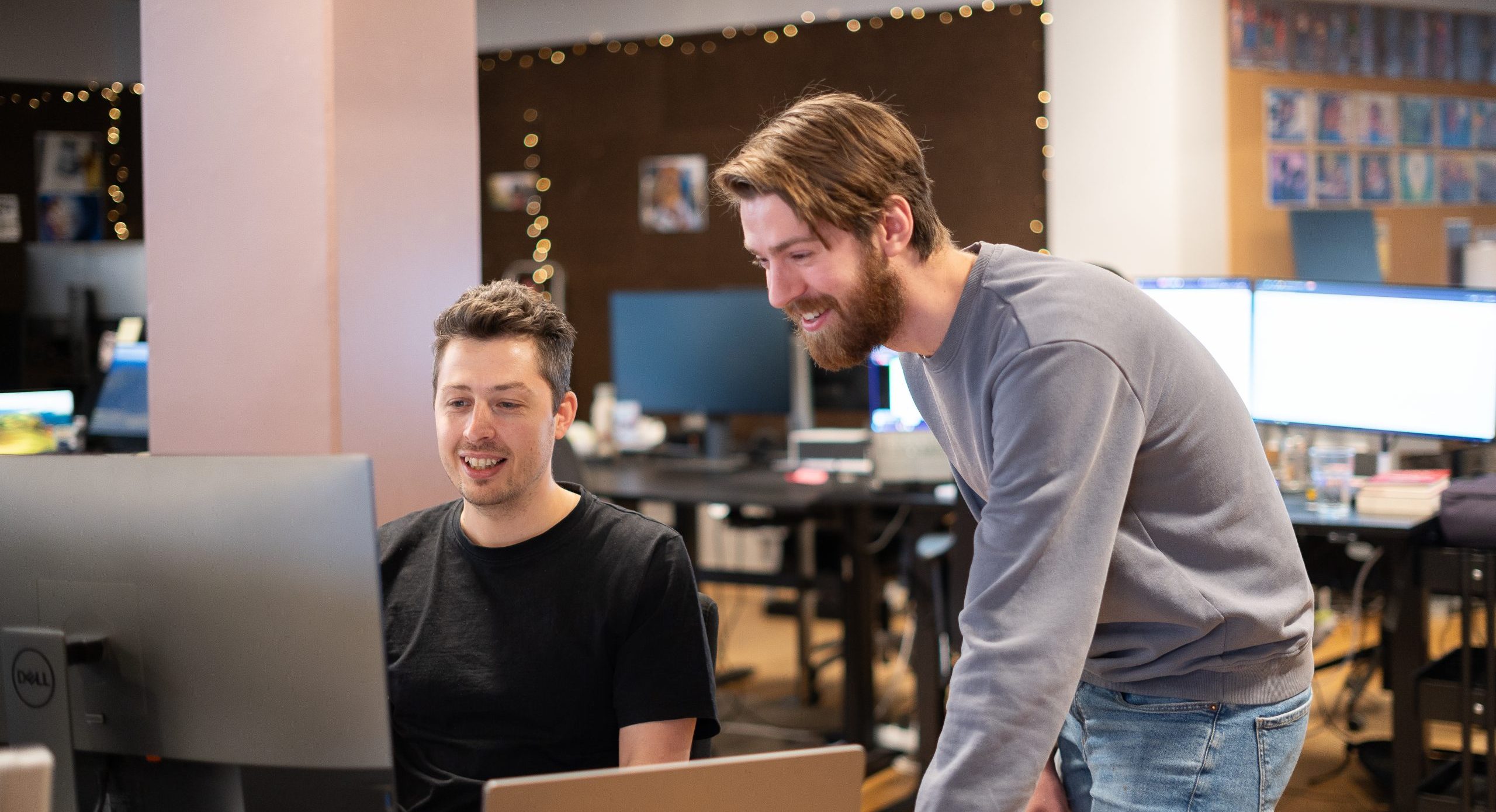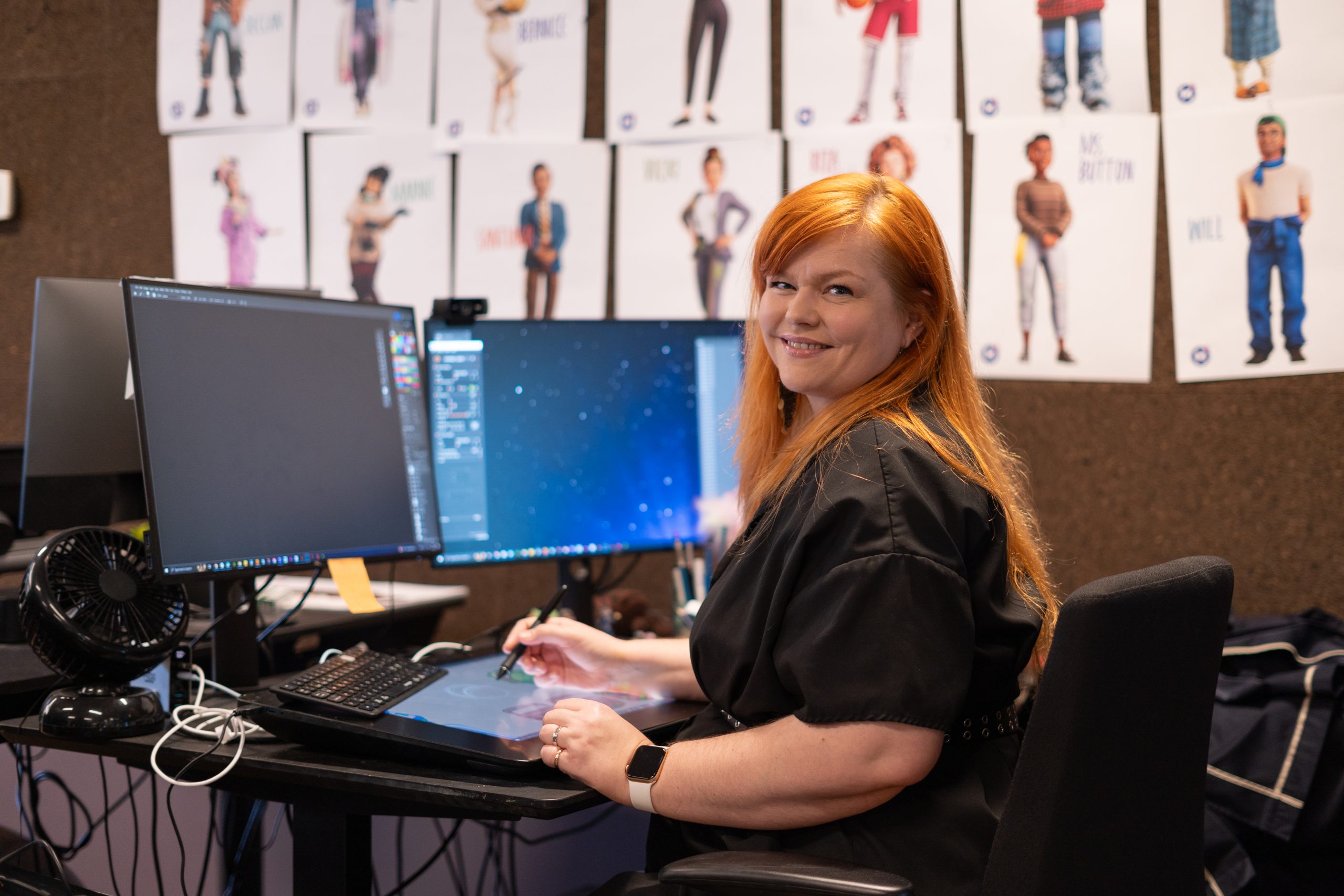3D Art at Tactile
An interview with AK, 3D generalist
Meet Anne-Karina, or AK as we like to call her, our go-to artist and magician for all 3D related things. When she joined Tactile almost 6 years ago, she started off as a 2D artists, but quickly moved on to working on our 3D pipelines. Since then she has worked on a number of projects, starting on Disco Ducks and Bee Brilliant, then moving on to Lily’s Garden, and more recently working on our upcoming project, which we’ve been secretly growing.
We sat down for a conversation with AK for a chat about her background, her approach to creating new assets, and how she stays up to date with the latest trends in the mobile games industry. Don’t miss out on the last part of the interview, in which she shares advice for the artists who are just starting out in the gaming industry.
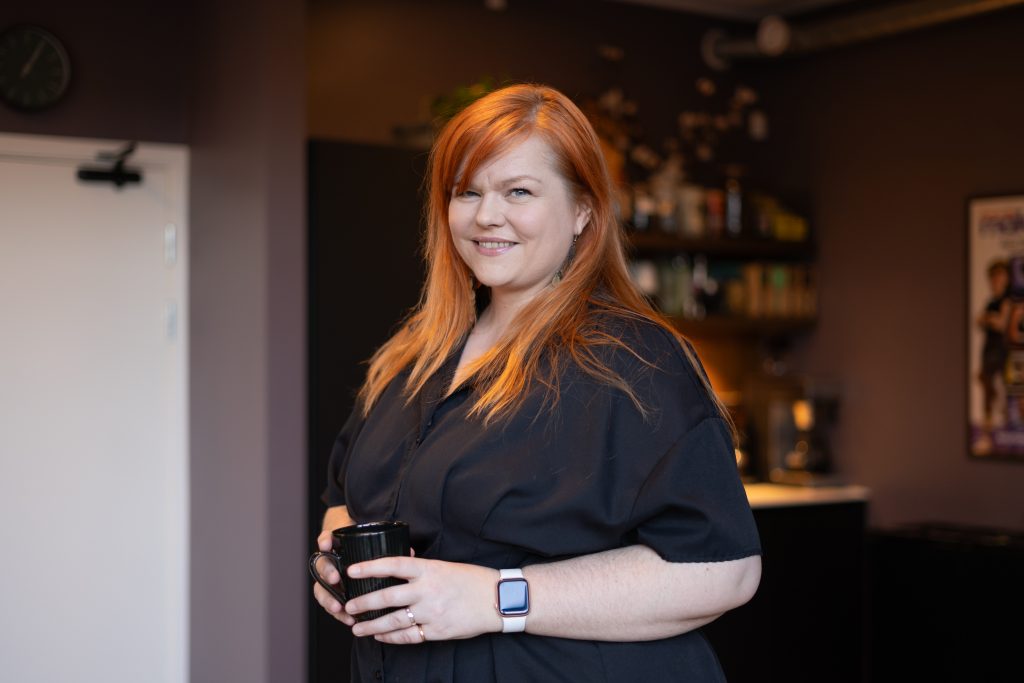
Tactile: Hi AK, can you tell us about your background and how you became a 3D Artist?
AK: My educational background is actually in 2D animation. After graduating from The Animation Workshop, a long long time ago, I ended up working with 2D game art and animation. I got a few weeks of 3D training but it was never put to use professionally. Later in my career the company I worked for at the time, bought a big IP that had transitioned to mainly 3D assets. So I jumped right into getting my 3D skills brushed up. I modelled, rigged, textured and animated several characters, and really enjoyed the workflow and learning.
When I started working at Tactile Games, I actually started as a 2D artist again, but soon enough we started pre-production for Lily’s Garden. 3D artists were needed, so I offered my skills and after taking over more and more responsibilities, I ended up supervising the 3D character pipeline!
Tactile: How do you approach creating assets and characters for mobile games?
AK: I try to keep a few things in mind other than just my own artistic ambition. Questions I might ask myself would for example be: Who is the typical end user and what would they enjoy? How do I create the best looking asset within time and pipeline constraints? How does this design connect to the story line? How will assets fit in with the UI?
All in all, a game is one big user experience, and I think every team member benefits from reminding themselves of the bigger perspective of that.
On a deeper artistic level, I find all the old virtues of 2D animation design still hold true. Keep the shapes interesting. Have a direction, a purpose with your lines and shapes. Every strand of low poly hair will look so much better when you keep in mind how it fits into the whole shape. Remember the good old ‘straight versus curved’ to give the designs tension. Keep observing the real world – only then do you have enough ‘data’ to caricature it properly.
Put emphasis on the eyes, when making characters. That is often where we as humans look first. Both design and animation that have elements of storytelling and closeups do well with giving some extra love to facial animations. You may only have a few bones in the animation rig to work with, but put all the life you can into it.
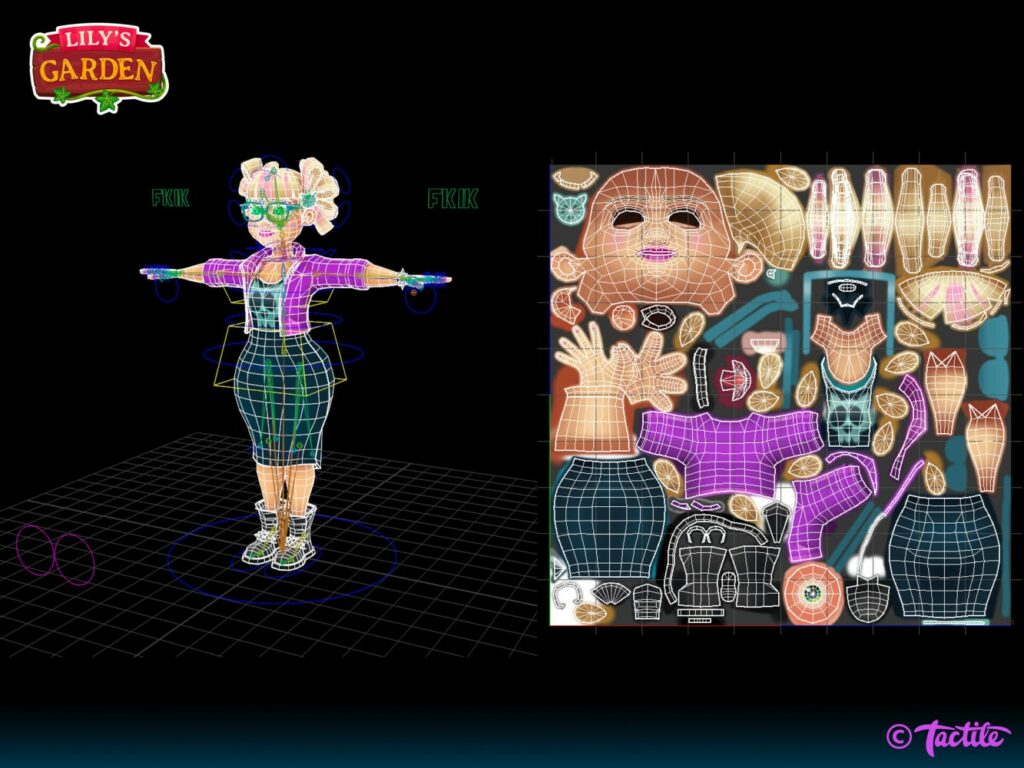
Tactile: How do you stay up-to-date with the latest technologies and tools used in the mobile games industry?
AK: Some of it comes from following industry news and tutorial videos. Another very valuable source is my colleagues that have experience with other tools and software than I do. I really enjoy getting new colleagues who have gone through their own journey as artists and have great skills to share. Or the existing colleague that learned something new and is eager to share. That ping pong of sharing skills and creating awesome assets together is pretty fulfilling. That said, it can be pretty hard to keep up with everything, as you also have a job to do and a life outside of 3D art. So I guess we all have to choose carefully where to go into a subject on a deeper level and where it’s enough to just acquaint ourselves with the trends.
Tactile: How do you balance art direction with technical constraints in mobile game development?
AK: It’s an eternal balance between artistic ambition and technical reality so to speak. I personally find it a really interesting intersection. Sometimes you can follow tried and true practices from the industry. Sometimes you have to carve your own path to find the right balance for your game. First of all, you have to investigate what devices your players use. Perhaps you want to cater to both low end and high end devices. Some game engines cater to that and can somewhat simply output different assets. But even if you are making assets for super high end devices that can drag around large amounts of polygons at the same time, there are other concerns. Do the users have slow internet connections, making it wise to keep your app and package size low? How big is the battery drain? If your casual game makes your players run out of ‘juice’ on the go, how long are they going to keep playing it? I find that always thinking of how you can make the nicest looking asset, but as optimised as possible within a realistic time frame, is the way to go.
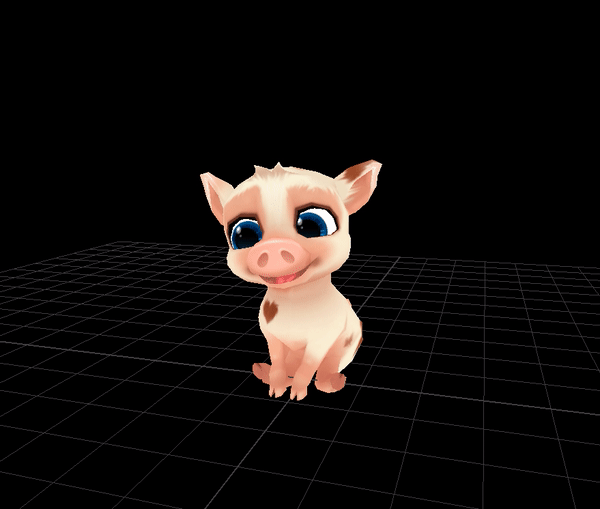
Tactile: What is the most memorable mobile game project you’ve worked on and what was your role in its development?
AK: Well, the most memorable game is definitely Lily’s Garden. I was on the project from the early beginnings and it was such a fun ride.
Even though I’m on a new game team now, I’m pretty proud to see how successful the game is. I worked with the 3D character pipeline, modeling, rigging, texturing and animating. As we got more team members on the 3D pipeline, I began art directing more as well. One of my fond memories is starting up the production of pets for the game. It was a lot of fun making cute and quirky animals and animations, and seeing how well the players responded. Because of how much it evolved, I had to hand it over to very competent colleagues to have time for everything else. That was both a bittersweet and proud moment.
Tactile: How do you collaborate with other teams, such as game designers and programmers?
AK: Actually, I don’t necessarily see it as ‘other teams’ when we are working at the same game. We are all trying to make the best product possible, and I enjoy working closely with all team members. Having a conversation with a programmer on how to make a functionality work the best way in the engine is both interesting and fulfilling. When you have a holistic approach to game making, you start understanding each other and exchanging ideas that take the product to whole new levels. I enjoy very much working with the joining of art and tech everyday and seeing the awesome work my colleagues do.
I find asking questions an important part of this collaboration. Why does it work like this? What if we did that? Often the back and forth can produce new solutions and change pipelines for the better.
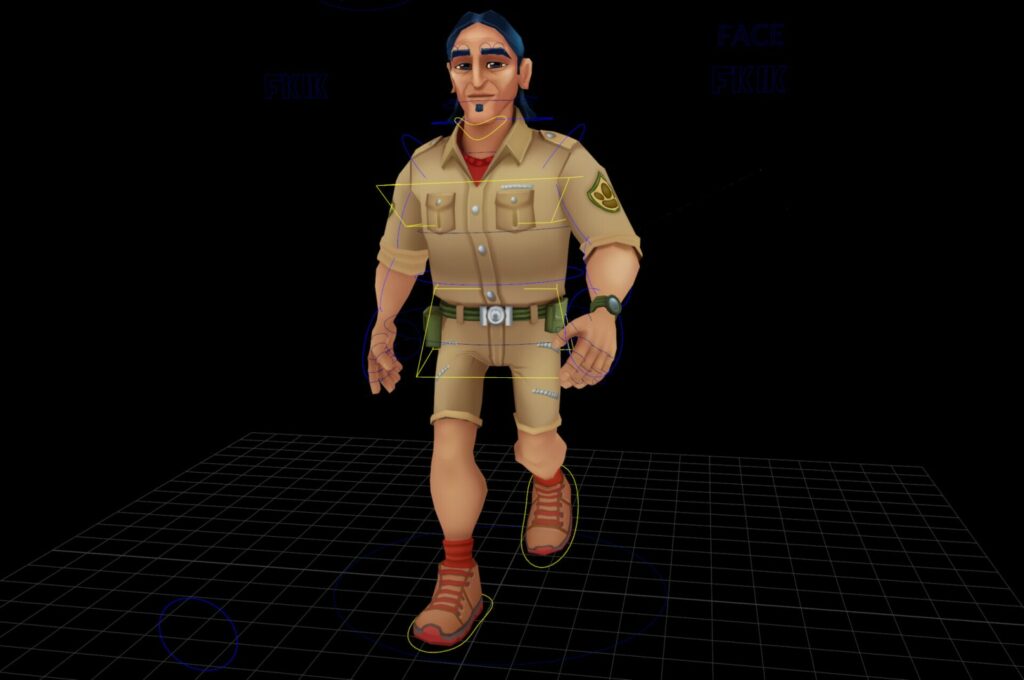
Tactile: What advice do you have for someone just starting out in the gaming industry as an artist?
AK: First of all, welcome to a really fun and rewarding line of work. It can be both hard and frustrating, of course, but I bet you are a game artist for the love of it.
Try to take feedback in a positive spirit. It can be really challenging but take what you can use from it. It is a difficult thing to put your heart into your work and be judged on it every single day. But don’t worry, you’ll get used to it. Seek several opinions on your personal work to get a more well rounded critique – no one opinion is the definitive ‘truth’.
If you are so new in your career that you are not sure what to focus on, keep developing skills in many directions. There is no right answer to ‘should I specialise or be a generalist?’ Both types of artists are much needed all over the industry.
If you can’t catch your dream job right from the start, that doesn’t necessarily mean you are not good enough. There are just so many applying for exactly the same internship or entry level job as you. Don’t be too proud to start in a more humble corner of the industry. All game art production experience matters. Keep learning. You rock!
